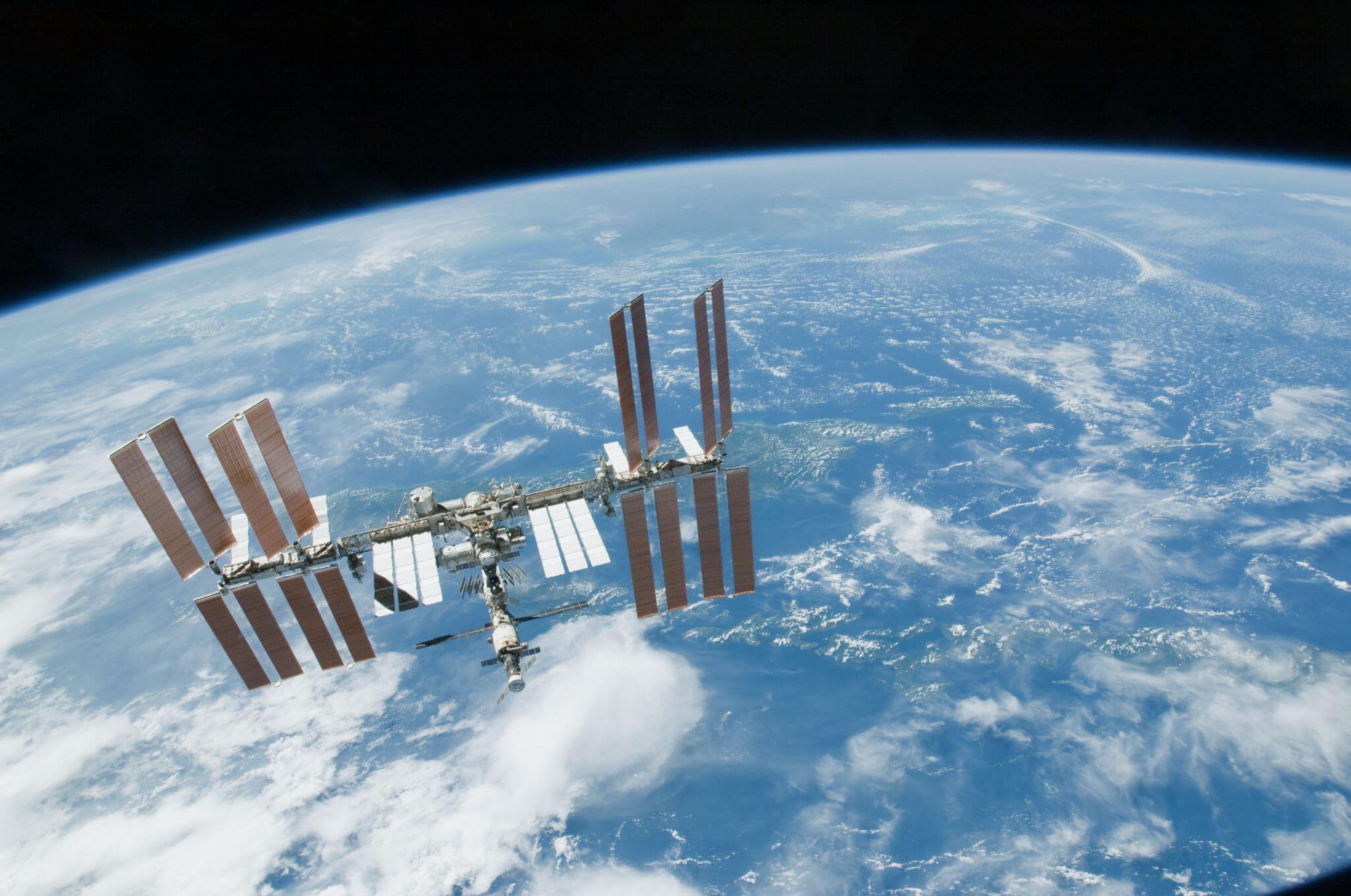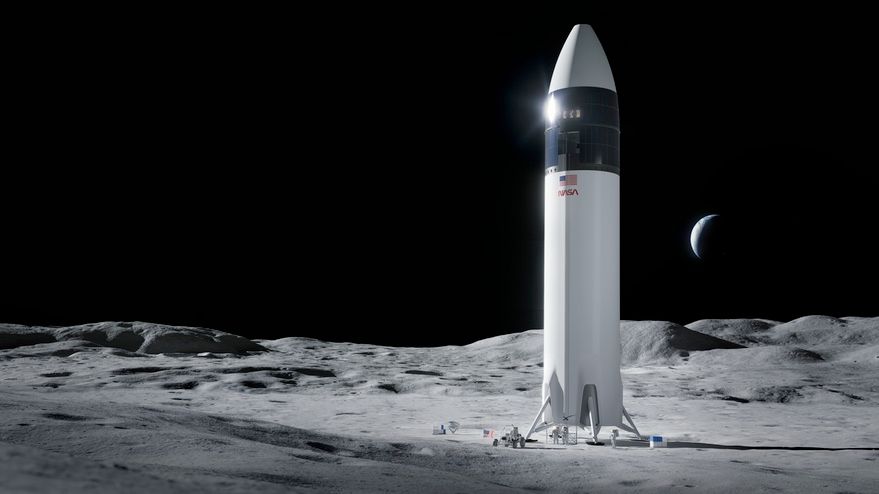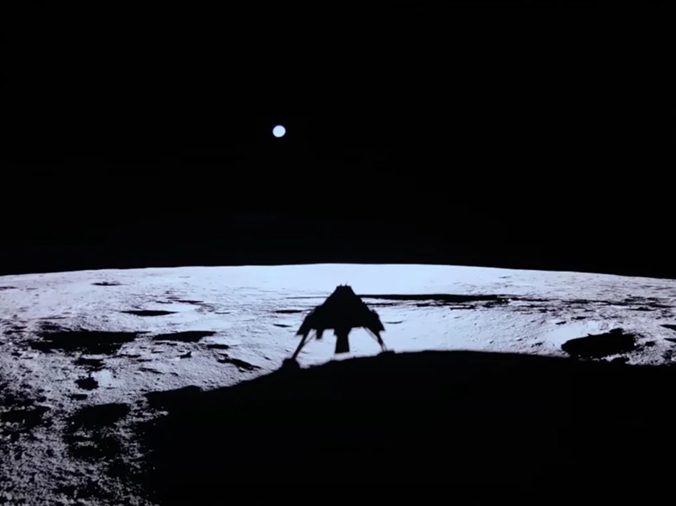NASA does not have a diversity-promoting positive discrimination policy like the BBC has with its very apparent “quota” system for its TV presenters and guests. Under US law, such direct discrimination is illegal. Nevertheless, NASA does have a “diversity agenda” which more indirectly promotes female and minority participation in its workforce and especially in its astronaut corps. However, the overemphasis on this has recently come under fire – this time from an unexpected quarter – one of NASA’s former female astronauts, Marsha Ivins.
In a Time Magazine opinion piece, Ivins, who flew five times into orbit on the Space Shuttle, argues that there is now an over emphasis on gender-diversity within NASA hinting that female astronauts may soon be selected purely because they are female. In doing so, Ivins notes research, hinting that they may be times when physiological and psychological aspects for long range missions should be considered ahead of any gender diversity imperative.
In her argument, Ivins criticises NASA’s recent public relations hoopla about female astronauts being involved in Project Artemis – its plan to return humans to the Moon – failing to acknowledge that NASA female astronauts have been successfully flying into space since 1983. (DT comment: This was two decades after the Soviet Union’s first female cosmonaut Valentina Tereshkova, although there have been few Russian female cosmonauts since).
Ivins also gives her opinion that NASA’s leadership took an enlightened stance on gender and racial diversity well before other organisations, especially within the astronaut corps, albeit admitting that, from her personal experience, it took until the 1990s for ingrained sexist attitudes within NASA as a whole to be finally changed.
Comment by David Todd: NASA, like the BBC, often talks a good fight about equality and diversity, but it still has to attend to its own issues on race and gender inequality within all of its ranks – not just at the astronaut pinnacle. However, while it is true that the “male, pale and stale” have had it too good for too long within many organisations – often at the expense of others – positive discrimination to “right this wrong”, even via watered down “affirmative action” policies, have their own major pitfalls. These include negatively discriminating against some (e.g. white heterosexual males) as they positively discriminate in favour of others (i.e. females and the minorities); having quotas which reflect more of a “metropolitan” population make up rather than being truly representative of the national population as a whole; and, worst of all, actually getting in the way of picking the right person for the job, possibly endangering the mission or enterprise concerned.
Actually, whatever race, creed, colour, sex, age or orientation candidates may be or identify as, as they apply for jobs as TV pundits, astronauts, or, dare we say it, as space correspondents and analysts, ideally it should always be the best person for the job who is selected.
P.S. By the way, only actual performance in the role can confirm whether a candidate selection was actually successful or not. And on that note…I will get my coat. 🙂







